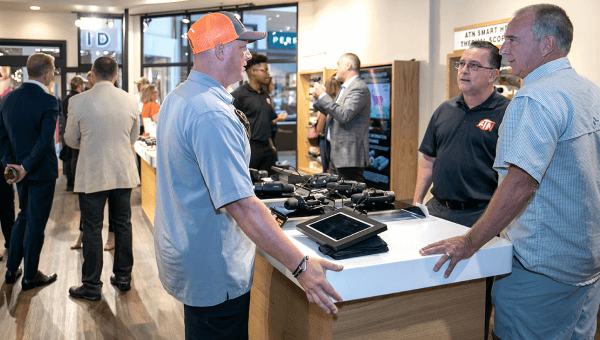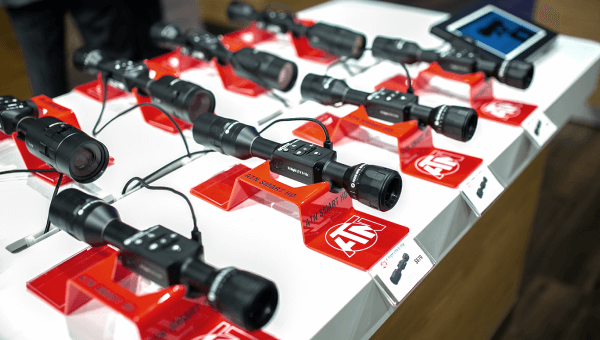What is BIX and What It Can Do For You
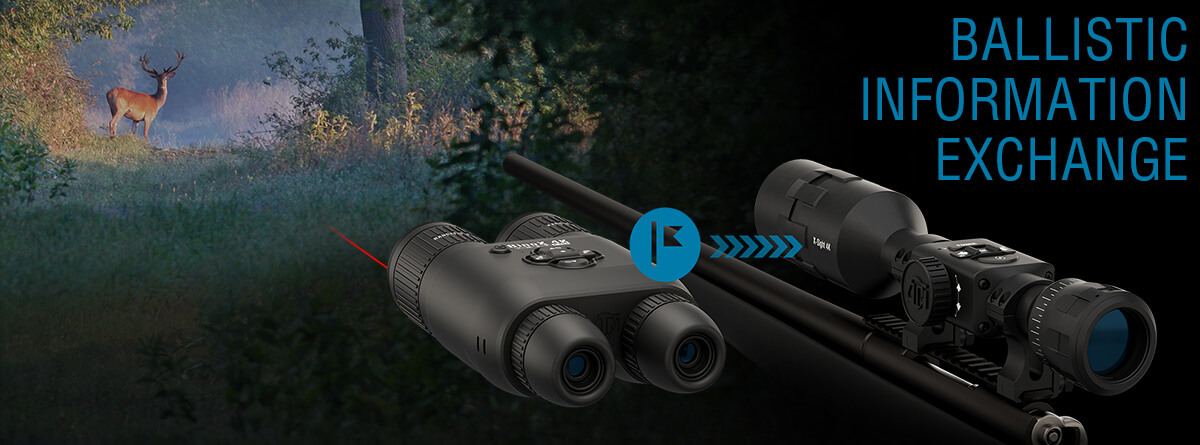
BIX. What is it? What does it do for you? Why do you even care what that stands for anyways? Well, if you followed along with us at SHOT Show 2019, you may have heard that term used quite a bit when we were talking about the new product lineups as well as the existing ThOR 4 and X-Sight 4K optics. Maybe you did hear about it but still don't really know what it means, so let's take a few minutes and dive in to what exactly it means and what it can do for you.
BIX, or the Ballistics Information Exchange, is the software that ATN has developed which allows the hunter to do exactly what the name implies, exchange ballistics information. What this does, in basic terms, is allow the range finders and the optics to communicate with one another. If you caught the new product releases for 2019, the Binox 4K and Binox 4T, which would be the 4K and Thermal versions respectively, are some key new players in this realm. What ATN has allowed you to do is use the 4K and Thermal Binox, whether day or night, as both a scanner, spotter and rangefinder all in one. Being able to spot an animal, ID that animal, range the distance to that animal and then transmit that information to your optic, which can automatically adjust the reticle for you to that distance all within a couple of seconds.
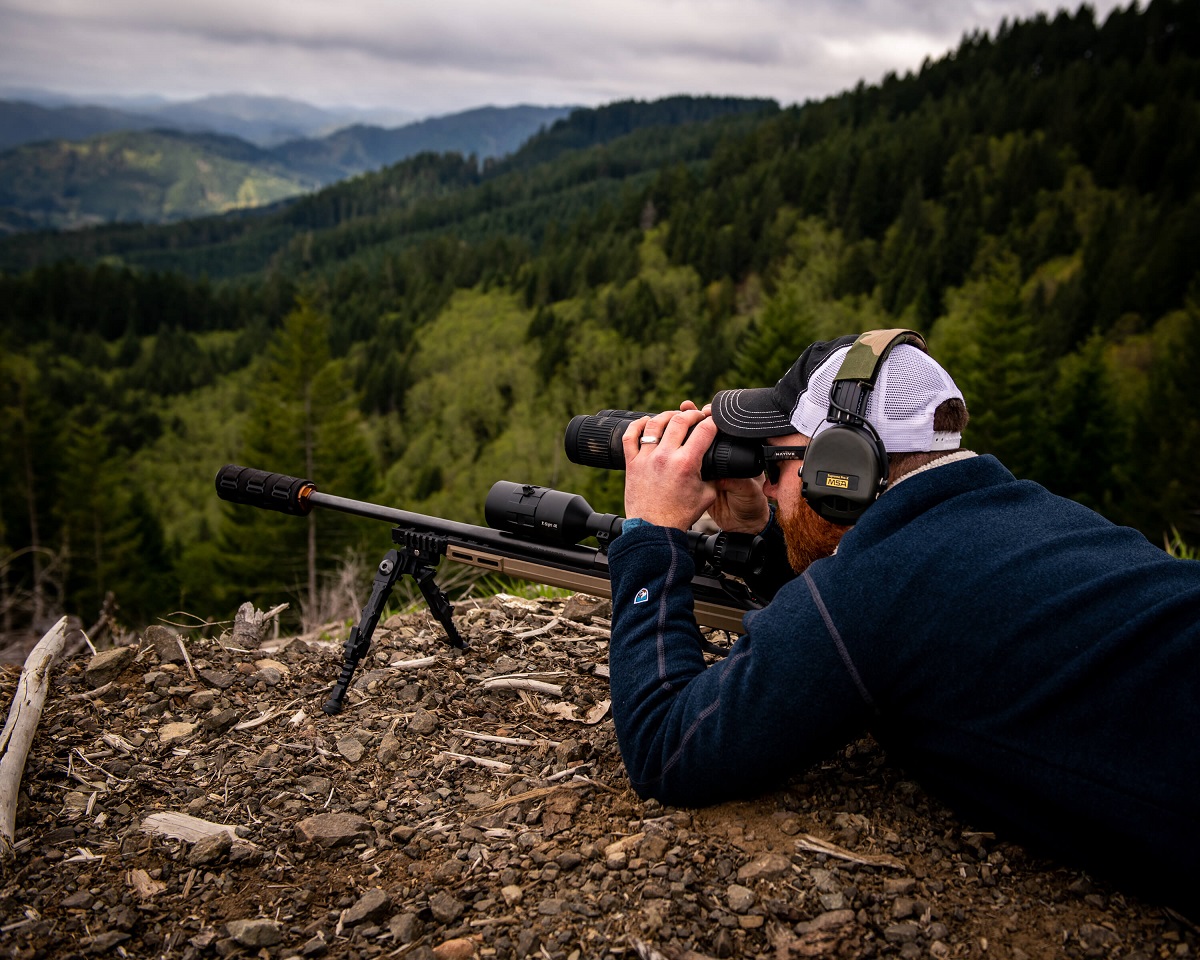
That is a general overview of what it does for you and kind of how it works, but there is also a crucial step that must be taken if you are going to utilize this feature to its fullest potential. The ballistic calculator function on the scope must be turned on and it must have the correct values put into it for the feature to truly work. Things such as MV (Muzzle Velocity), Sight Height, BC (Ballistics Coefficient) and zero height are just a couple of the fields that must be 100% accurate for this to work. While this does seem slightly overwhelming at first, generally, the information on some of these fields doesn't change much, if any over time. The biggest factors that will impact your ability to use this correctly will be with your muzzle velocity input, your shooting capability and how accurately you obtain the information put into the ballistic calculator to begin with. Muzzle Velocity can be tricky and honestly will get you 12 different answers from 12 different people. Chronographs are a must if you want to get this information correct. Which chronograph you use and the quality of the ammunition that you're using are going to determine what results you get...and I'll explain that now. Most muzzle velocities that people get are printed on the box of ammunition that they buy, which is a great starting point but most of the time isn't true to the person. Companies will use a 24' barrel to obtain muzzle velocity, so unless you're shooting a 24' barrel, the MV isn't going to be true to what you're going to see. Depending on caliber, you can see anywhere from 25-50 FPS difference per inch of barrel removed. So, if your box of ammo says 3300 feet per second, but you're shooting a 16' barrel, you could be looking at 2900-2100 feet per second, and that can make a huge difference in your bullets flight path, even from 0-200 yards.
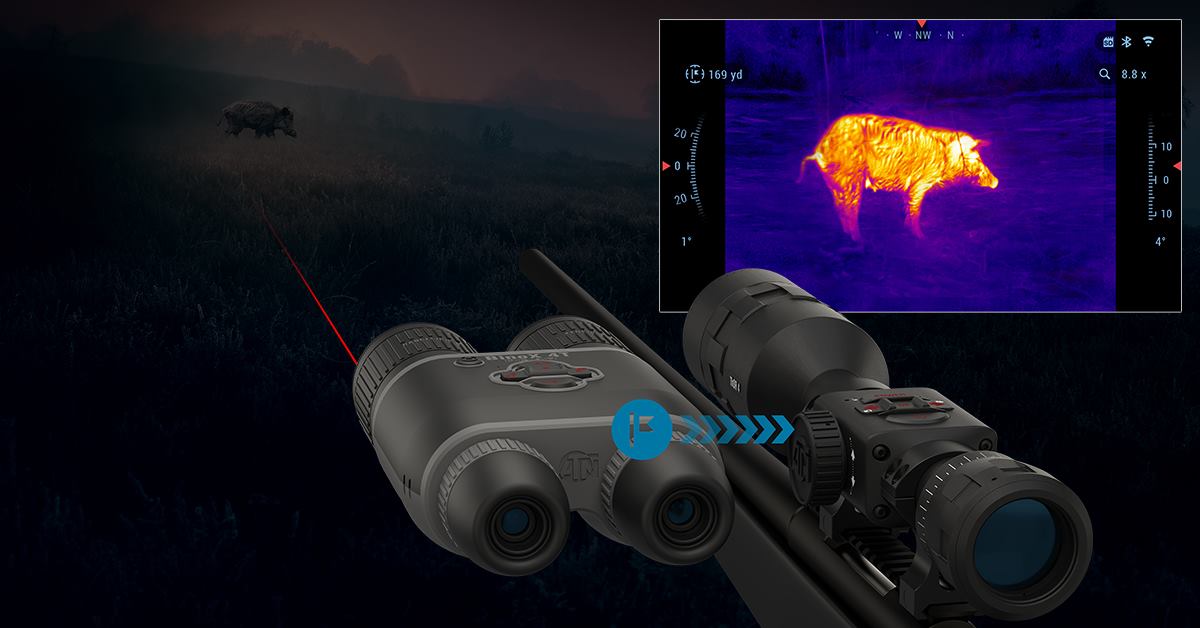
Zero height is another one, but again, based on your MV, can throw off the numbers all together in the ballistic calculator if one of the values is incorrect. I'll use my ballistics information as an example without overly complicating this.
· 243 Winchester with a 70G Nosler Ballistic Tip. 100 yard zero. 3300 FPS.
- 0.0" @ 100, -2.7" @ 200, -10.8" @ 300, -26.2" @ 400
· 243 Winchester with a 70G Nosler Ballistic Tip. 100 yard zero. 3100 FPS.
- 0.0" @ 100, -2.9" @ 200, -11.3" @ 300, -26.4" @ 400
While this is just a generalized example, you can see that even at 300 yards, there is a ½' difference in the drop. This is purely based on the speeds alone, not accounting for shooter error. The figures can get much broader depending on the caliber and bullet you're shooting as well. This is why, when you see ATN Ambassadors like Josh and Holly Shepherd shooting a .458 Socom at 1000 yards, that you make certain that the information is 100% accurate when you put it into the software on the smart scope.
Hopefully this will answer some of the questions that you may have not even known you wanted to ask! Later, I will do a separate write up solely on the Ballistics Calculator and explain what each of the fields means and how you can obtain that information so that you can take full advantage of the tools ATN has put at your disposal! Until next time, stay safe and if you have any questions, don't hesitate to ask! That's what we are here for!
